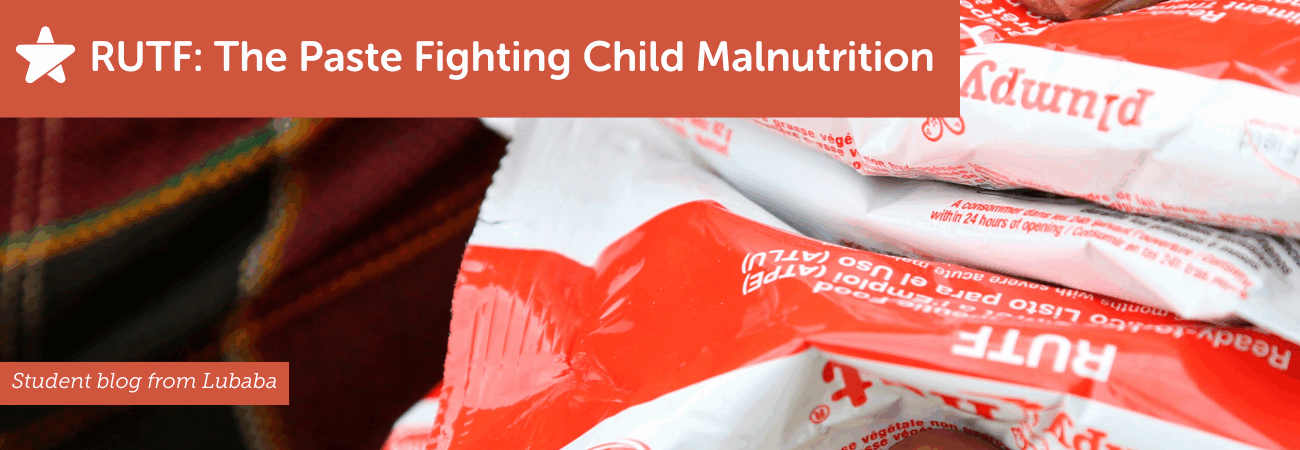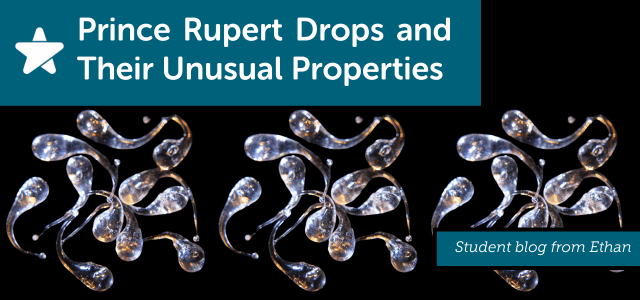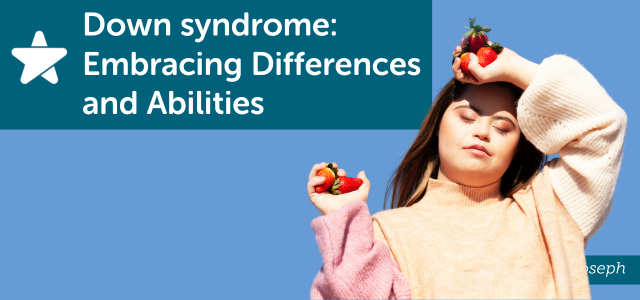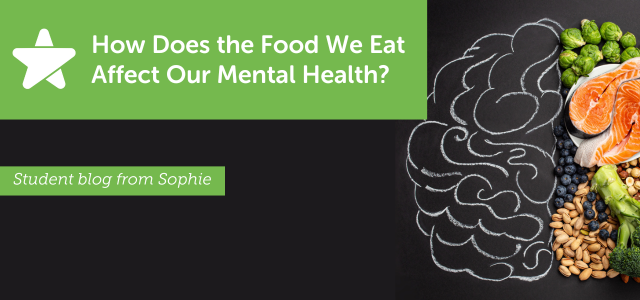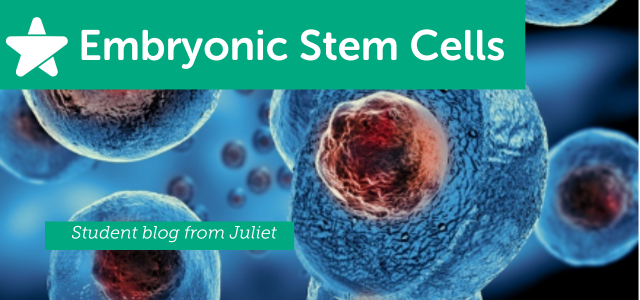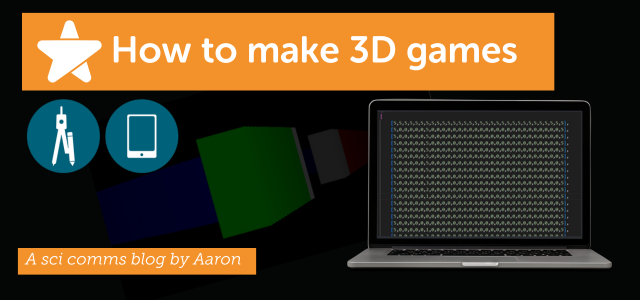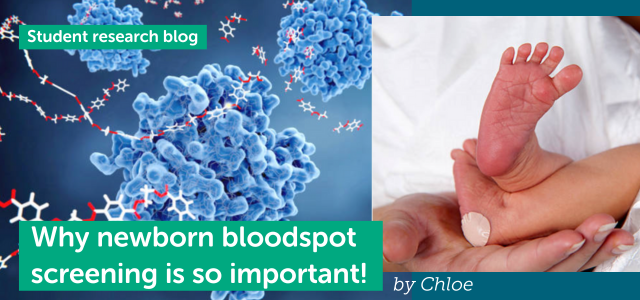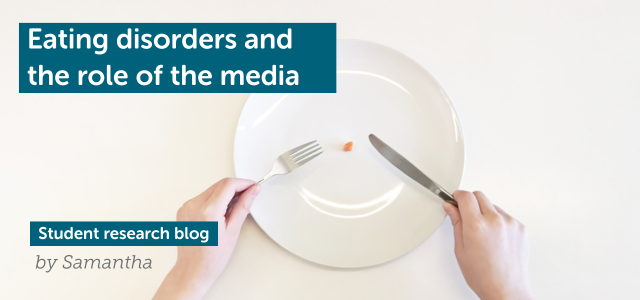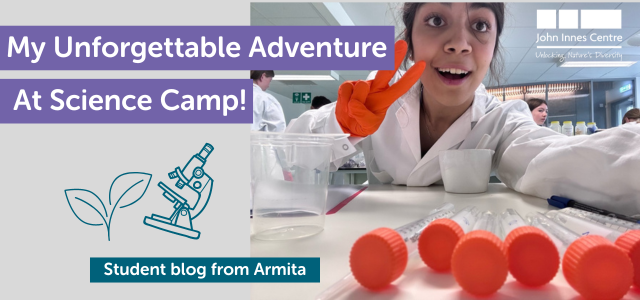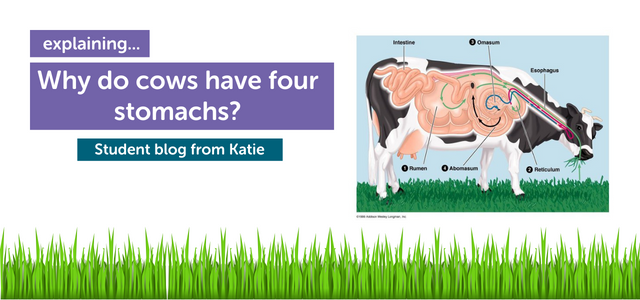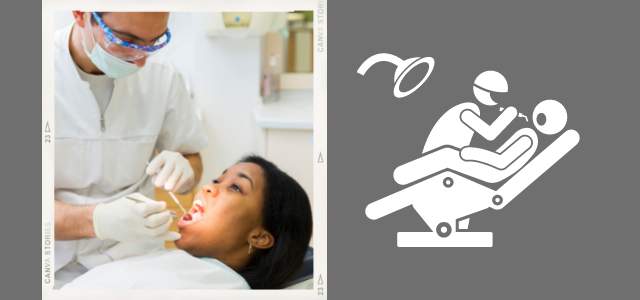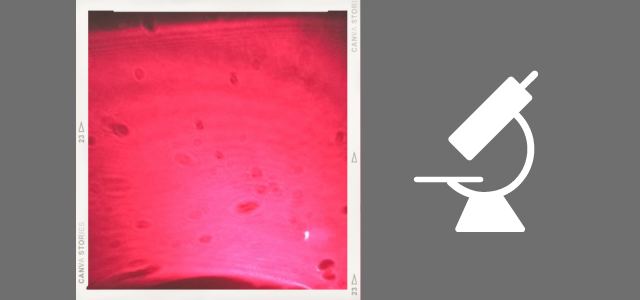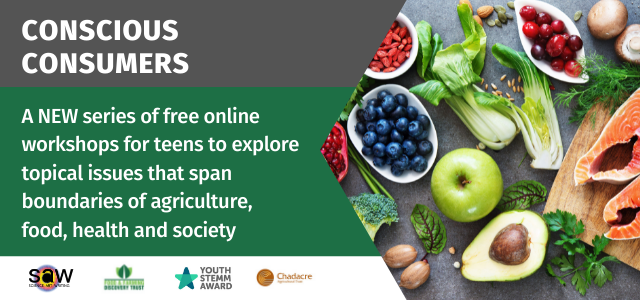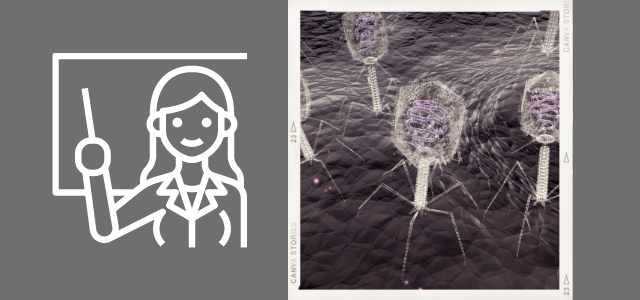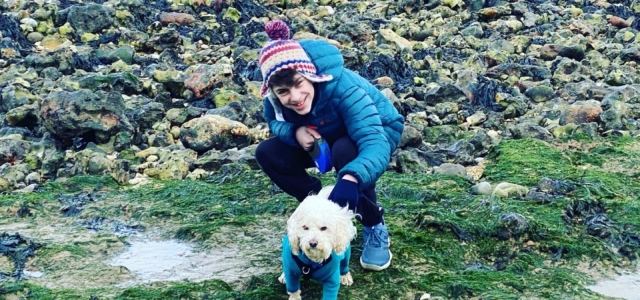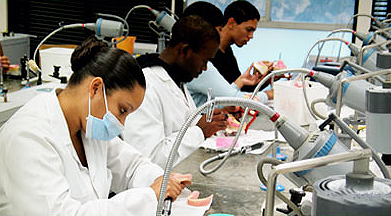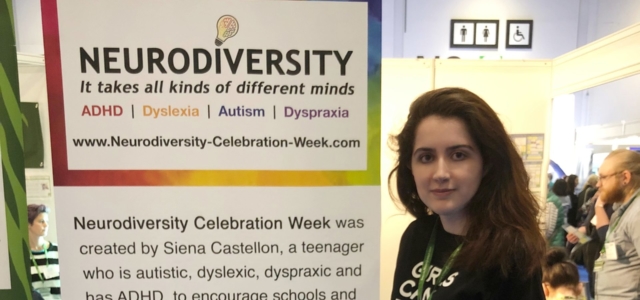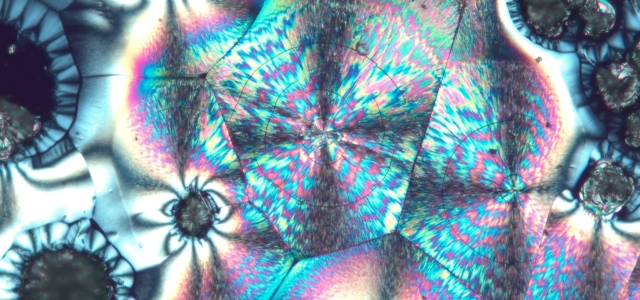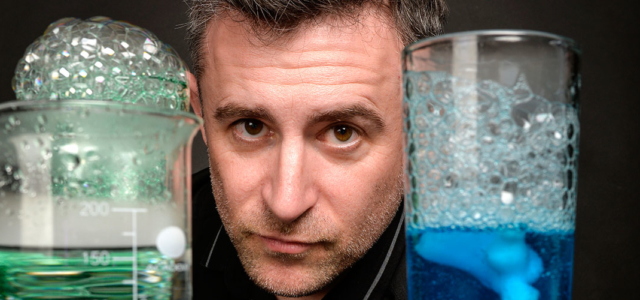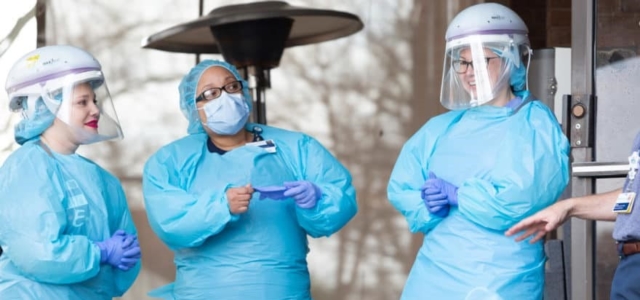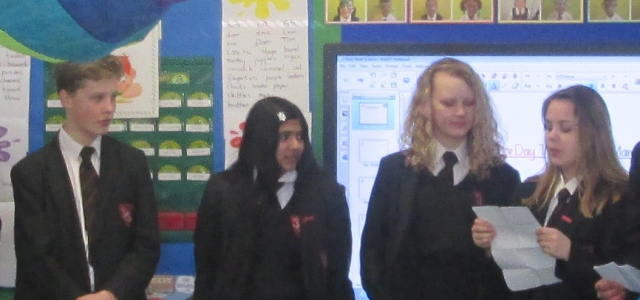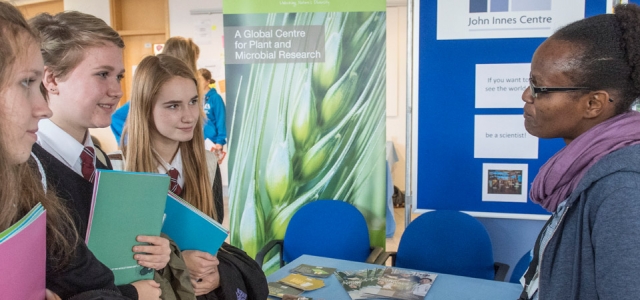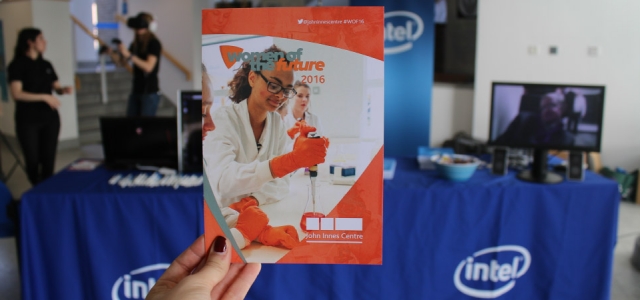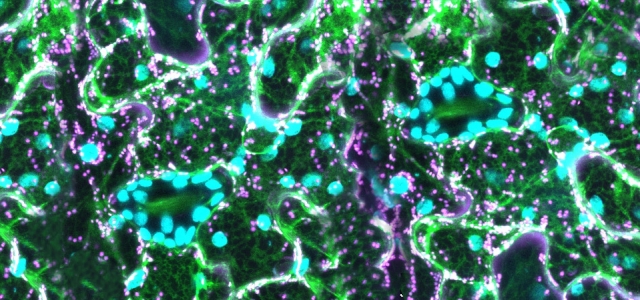Ready-to-Use Therapeutic Food (RUTF) is a nutrient-dense paste designed to help severely malnourished children recover quickly and effectively. In her post, Lubaba explores how RUTF works, and why it’s a game-changer in global health. Read on to learn more.
Severe acute malnutrition (SAM) is a life-threatening condition that affects millions of children worldwide. This is when a child’s weight is significantly low for their height, due to not receiving adequate nutrition. RUTF stands for ‘Ready-to-use Therapeutic Food’, a specially formulated paste packed with nutrients, used by organisations like UNICEF (United Nations International Children’s Emergency Fund) to treat children with severe malnutrition. SAM makes children under five very vulnerable to diseases.
RUTF has a high energy density and is scientifically designed to provide everything a severely malnourished child needs to recover. It contains peanut paste with protein and healthy fats that help children undergo rapid weight gain, and milk powder with proteins like casein, whey, and essential amino acids to help rebuild their muscles. Vegetable oils in RUTF provide triglycerides to help with weight gain and a combination of iron, zinc, calcium, vitamin A, vitamin D, folic acid and many more to help to restore crucial body functions.
Amino acids from the digested proteins in RUTF paste are used in protein synthesis to rebuild muscle tissue by producing the muscle proteins actin and myosin, which help muscle contraction and strength. Minerals like sodium, potassium, and magnesium in RUTF help restore children’s electrolyte balance and prevent dehydration.
Haemoglobin is the protein in our red blood cells that binds to and transports oxygen; it contains ferrous iron (2+) ions. Therefore, iron provided from the paste helps with the production of healthy red blood cells. Folic acid from the paste (also known as folate) is converted into a compound called tetrahydro folic acid (THF). Essentially, this compound undergoes various chemical changes (where methyl groups are added or moved around). These changes help to produce nitrogenous bases, the chemicals which make up DNA and RNA. The formation of DNA and RNA allows red blood cells to divide by mitosis as they mature in the bone marrow. Mature red blood cells then lose their nucleus and thus their DNA, making more space for haemoglobin. Therefore, both iron and folic acid provided by the paste helps in red blood cell production, and oxygen transport, to combat conditions like anaemia (when you don’t have enough red blood cells or haemoglobin to transport oxygen around your body) in malnourished children.
Omega-3 and Omega-6 are fatty acids that the paste supplies to support the brain’s development and function. They are essential polyunsaturated fats which the body cannot produce, so we must get them from food. Docosahexaenoic acid (DHA) is one type of Omega-3 fatty acid that makes up brain cell membranes. In fact, due to the double carbon-carbon bonds in its structure, these fatty acids have a bend, which helps increase the fluidity of the brain cell membrane so that cell components can move through the lipid bilayer, allowing brain cells to communicate. Omega-3s are also involved in creating important chemicals like dopamine and serotonin in the brain.
Vitamins A, C, D, and the mineral zinc in RUTF help to quickly improve the immune system and protect against infections like pneumonia and diarrhoea, which are common among children with acute malnutrition. For example, vitamin A maintains epithelial cells, which are specialised cells that line the lungs. Pneumonia is a lung infection, and vitamin A deficiency is known to increase the risk of pneumonia and other lung infections. Zinc has been shown to reduce the severity and duration of diarrhoea as well as activating T cells (a type of immune cell that fights pathogens) while vitamins C and D help with the development and function of immune cells.
Two common diseases caused by SAM are Kwashiorkor and Marasmus. Kwashiorkor is a protein deficiency that causes a swollen belly. The medical term for this is called ‘’Oedema’’, which means there is built-up or trapped fluid which causes the belly to swell. This occurs because proteins help to maintain fluid balance, but there is a lack of them. The liver also needs important enzymes to function and since enzymes are proteins, children with Kwashiorkor also present with liver damage. It is mostly treated with RUTF as it can provide enough protein and amino acids to reverse it and restore fluid balance. Marasmus is a condition of extreme wasting (when children have a low weight compared to their height) caused by energy deficiency, due to a lack of fats and carbohydrates in their diets. These children experience significant weight loss as the body begins to break down their muscle and fat stores for energy. However, the body uses the fats and carbohydrates largely available in RUTF for energy storage, leading to body mass restoration. Studies have shown that more than 90 percent of malnourished children treated with RUTF recover within weeks. One of the advantages of RUTF is that it can be used in home settings, requiring no preparation. Children can consume the paste directly from the package, which even reduces the risk of bacterial contamination. However, RUTF is typically used in emergency settings and is intended for the treatment of SAM, making it unlikely to be used for less severe cases of malnutrition.
References
https://www.unicef.org/supply/stories/saving-lives-rutf-ready-use-therapeutic-food
https://imtf.org/page/info/faq/community/rutf
https://www.rescue.org/uk/article/why-do-most-children-affected-acute-malnutrition-go-untreated
https://www.ncbi.nlm.nih.gov/books/NBK554487/
https://www.who.int/tools/elena/interventions/zinc-diarrhoea
https://pmc.ncbi.nlm.nih.gov/articles/PMC6537457/
https://my.clevelandclinic.org/health/diseases/23099-kwashiorkor

